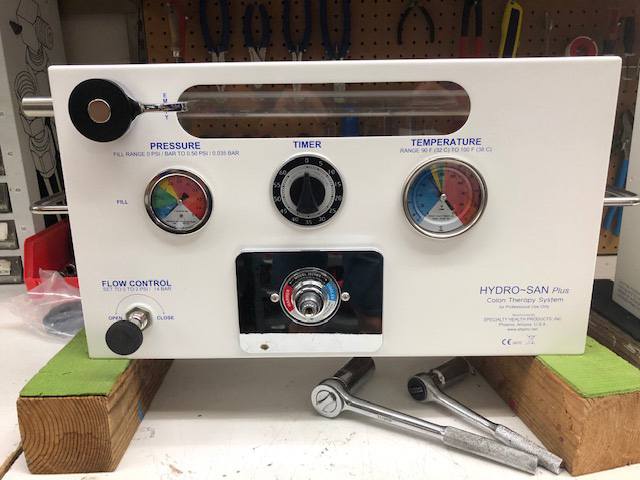MILITARY ∙ MEDICAL ∙ AEROSPACE ∙ ELECTRONICS ∙ SEMICONDUCTOR ∙ CONSTRUCTION
One of the most flexible and long-lasting ways to transfer art, logos, or branding onto many different surfaces is screen printing. Screen printing is commonly thought of as a way to make T-shirts and other promotional goods, but it is also widely utilized in textiles, electronics, industrial manufacturing, product labeling, signage, and specialized coatings. When manufacturers, designers, and business owners know how screen printing works, they can choose the best way to make things for their needs, especially when they need things to be consistent and last a long time. Read on to learn more.
Screen printing is just forcing ink through a fine mesh screen that has been prepared with a stencil. The open spaces in the stencil let ink through and make the picture you want on the surface below. Even if the idea is simple, professional production requires unique materials, tools, and curing methods to make sure the results are always good.
A Step-by-Step Guide to the Screen Printing Process
1. Getting the artwork ready
The pattern is made on a computer and split into different hues. There needs to be a separate screen for each color in the final image. Vector artwork with a high resolution makes sure that the edges are clean and the registration is correct. The stencil is made by printing the art in black on a clear film.
2. Getting the screen ready
A frame holds a mesh screen (usually composed of polyester) tightly in place. The number of meshes changes based on how thick and detailed the coating needs to be. A light-sensitive emulsion is sprayed on the screen, and then it is left to dry in a dark, controlled space.
3. Making a stencil and exposing it
The artwork is placed on the screen, and both are exposed to UV light. The emulsion hardens everywhere except where the artwork stops it. Then, the screen is cleaned to get rid of the soft emulsion, leaving clear spots where ink can go through. This stencil is what the print surface is made of.
4. Setting up and signing up
The prepared screen is put on a press, which can be manual, semi-automated, or fully automatic, depending on how big the production is. Registration marks make ensuring that all the layers line up appropriately when there are more than one color. The substrate, which can be fabric, metal, plastic, glass, or film, is held in place so it doesn’t move when printing.
5. Making a copy of the picture
A squeegee spreads ink across the screen and pushes it through the mesh. The printer pushes the ink at a steady angle and pressure to make sure that it is evenly applied. For patterns with more than one color, this phase is done again with different screens and inks, making sure that each pass is perfectly lined up.
6. Drying or curing
To make sure that printed goods last and don’t react with chemicals, they need to be cured. Depending on the ink system, this is usually done with heat, UV curing, or special drying tools. Curing the right way keeps the print from cracking, fading, or getting scratched, and it also affects how well it works over time.
Advantages of Screen Printing
Screen printing is popular because it has:
• Deep, opaque colors • Sticks well to coated surfaces
• Works with a lot of different substrates
• Is resistant to UV light, abrasion, and chemicals• Long production runs with outcomes that are always the same
• The ability to put down thick ink sheets or custom coatings
It also lets you print things like conductive inks, protective coatings, and labels that last a long time for industrial uses.
SCREEN PRINTING PHOENIX
STP Performance Coating provides the best screen printing services throughout the Phoenix, Arizona area in including Glendale, Tempe, Scottsdale, Laveen and more…


